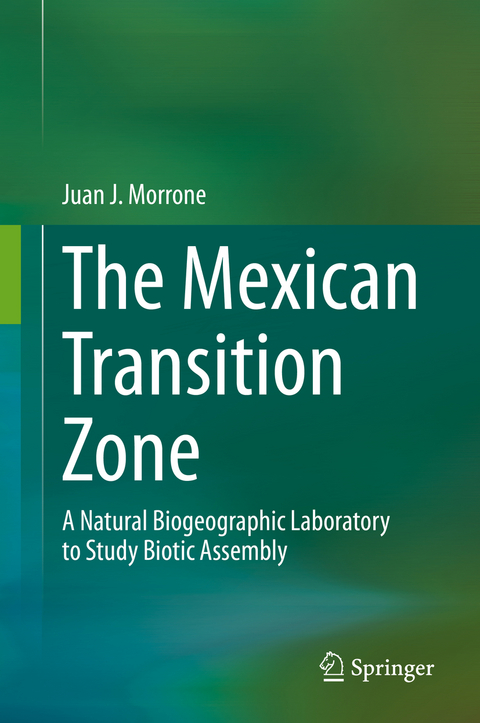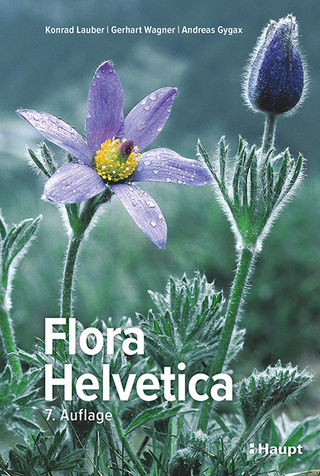
The Mexican Transition Zone
Springer International Publishing (Verlag)
978-3-030-47916-9 (ISBN)
This book presents an evolutionary biogeographic analysis of the Mexican Transition Zone, which is situated in the overlap of the Nearctic and Neotropical regions. It includes a comprehensive review of previous track, cladistic and molecular biogeographic analyses and is illustrated with full color maps and vegetation photographs of the respective areas covered.
Given its scope, the book will be of interest to students and researchers whose work involves systematic and biogeographic analyses of plant and animal taxa of the Mexican Transition Zone or other transition zones of the world, and to ecologists working in biodiversity conservation, who will be able to appreciate the evolutionary relevance of the Mexican Transition Zone for establishing conservation areas..
Juan J. Morrone is a Professor of Biogeography, Systematics, and Comparative Biology at the Facultad de Ciencias, Universidad Nacional Autónoma de México (UNAM), Mexico City. He has written extensively on biogeography and led more than 110 graduate and postgraduate courses in Mexico, Argentina, Colombia, Ecuador, Brazil, and Spain. He is an editor for several journals, e.g. Cladistics, Mastozoología Neotropical, Acta Entomológica Chilena, Zootaxa and Phytotaxa, and Dugesiana, Hidrobiológica, Revista Mexicana de Biodiversidad, and Acta Zoológica Mexicana. He has published over 250 scientific papers and 30 books on evolutionary biogeography, phylogenetic systematics, biogeographic regionalization and evolution.
Chapter 1. What is a Biogeographic Transition Zone?.- Chapter 2. What is Evolutionary Biogeography?.- Chapter 3. A Historical Perspective of the Mexican Transition Zone.- Chapter 4. Biogeographic Regionalization of the Mexican Transition Zone.- Chapter 5. The Biotic Assembly of the Mexican Transition Zone.- Chapter 6. Perspectives.
| Erscheinungsdatum | 05.07.2020 |
|---|---|
| Zusatzinfo | XII, 191 p. 63 illus., 62 illus. in color. |
| Verlagsort | Cham |
| Sprache | englisch |
| Maße | 155 x 235 mm |
| Gewicht | 477 g |
| Themenwelt | Naturwissenschaften ► Biologie ► Botanik |
| Naturwissenschaften ► Biologie ► Evolution | |
| Naturwissenschaften ► Biologie ► Ökologie / Naturschutz | |
| Naturwissenschaften ► Biologie ► Zoologie | |
| Schlagworte | Biogeographic Regionalization • biogeography • Bioregionalization • conservation • Mexico • Neotropical Biogeography • systematic botany • Transition Zones |
| ISBN-10 | 3-030-47916-1 / 3030479161 |
| ISBN-13 | 978-3-030-47916-9 / 9783030479169 |
| Zustand | Neuware |
| Haben Sie eine Frage zum Produkt? |
aus dem Bereich


